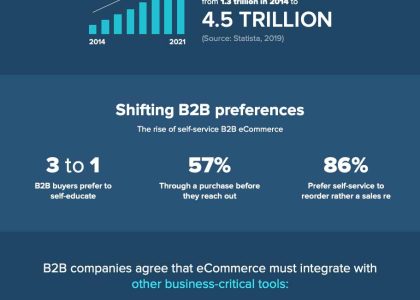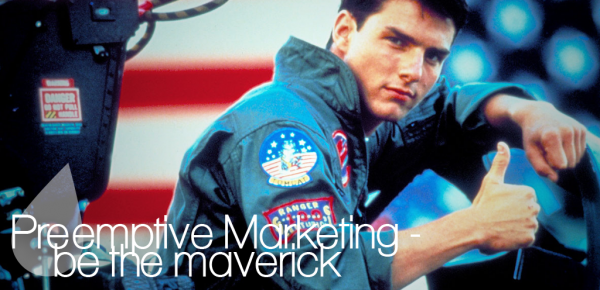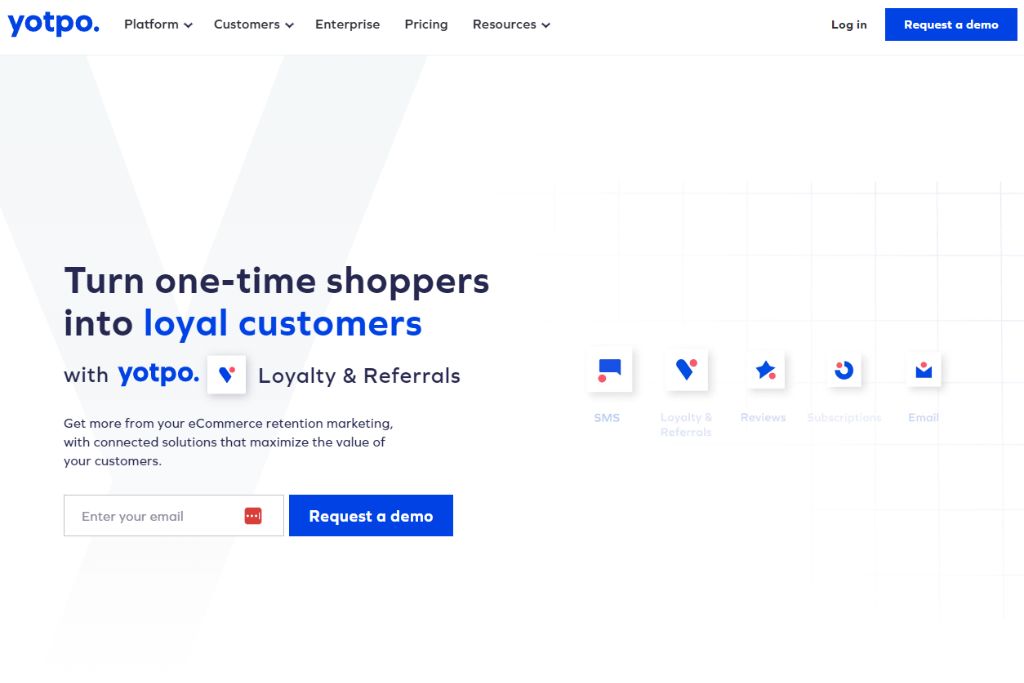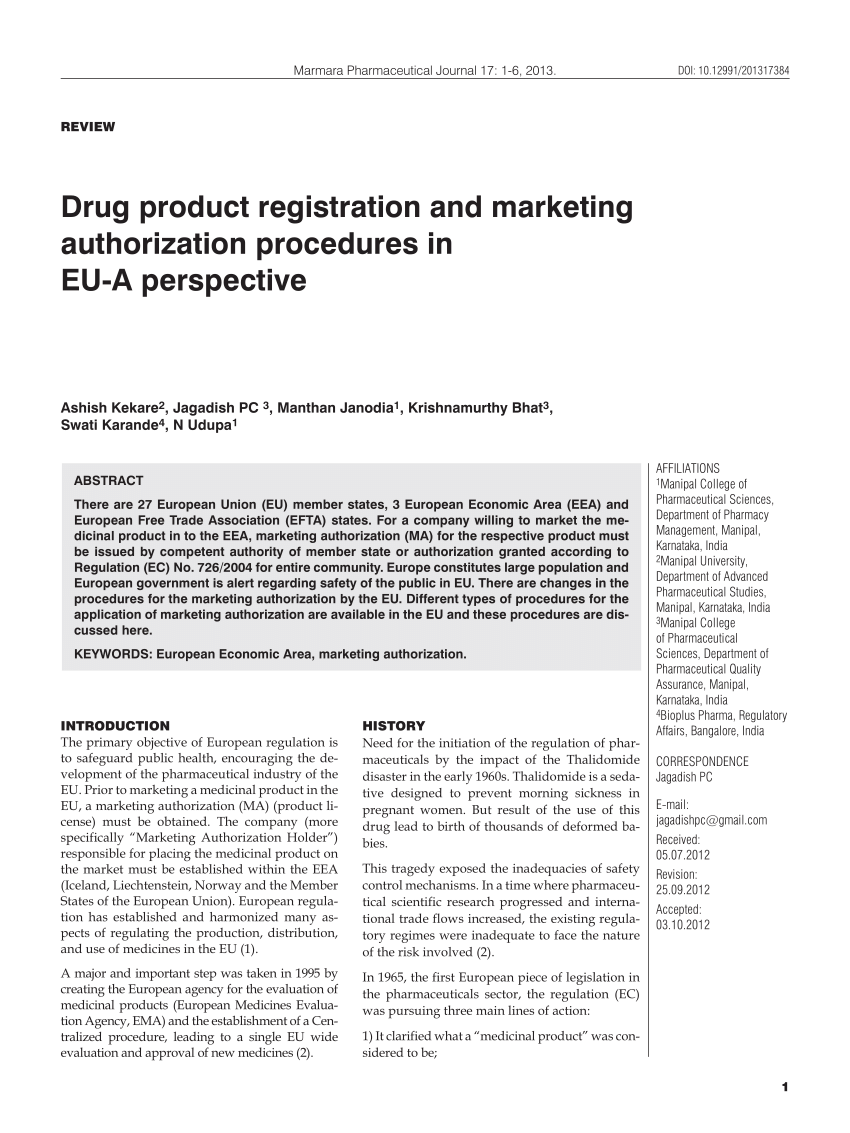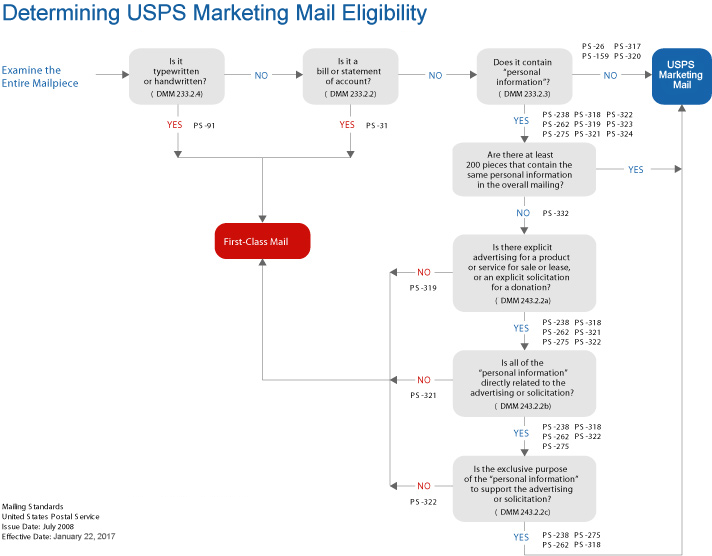In the rapidly evolving world of commerce, building a strong connection between brands and consumers is key for success. One method that has notably risen to prominence in this regard is the Direct-to-Customer (DTC) marketing approach. This strategy prioritizes eliminating middlemen, fostering a direct relationship between businesses and their target audience. It is being boasted as the future of retail, especially in the digital era. This article aims to delve into the complexities of DTC marketing, illuminating its core aspects and demonstrating why it is crucial in today’s business landscape.
Bringing into focus a comprehensive analysis of DTC marketing, we will discuss its best practices, demonstrate its distinctive advantages and highlight common pitfalls. Teaching you to better navigate within the world of DTC marketing, after reading this guide, you will be fully equipped to build your strategy and foster a powerful connection with your audience on your own terms.
Interpreting Direct-to-Consumer Marketing and its Benefits
Direct-to-Consumer (DTC) marketing refers to the promotional strategies where businesses sell goods or services directly to consumers, bypassing any middlemen. This method of marketing serves to streamline the process of distribution, creating a direct line of communication – and commerce – between a company and its customers.
Notable Benefits of DTC Marketing
- Control over branding: Businesses have total control over their products, including branding, pricing, and user experience, offering a consistent and personal consumer experience.
- Data Collection: When a company engages with consumers directly, it allows them to gather customer data and feedback. This rich and detailed data can then be leveraged to enhance marketing efforts and develop new products that align with customer preferences.
- Enhanced customer relationships: Direct interaction with customers creates a closer bond, fostering loyalty and driving repeat purchases. Additionally, it allows companies to provide outstanding customer service and support, improving customer retention.
- Greater Profit Margins: By eliminating intermediaries, businesses can reduce their overhead costs and potentially reap greater profit margins.
While these benefits are enticing, it’s important to remember that executing a DTC strategy requires significant investment in infrastructure and marketing. However, the potential for increased profit and customer loyalty often outweighs these initial investments.
In conclusion, direct-to-consumer marketing is a robust strategy that not only streamlines the distribution process but also offers enhanced control over branding and customer relationships. With its multiple advantages, it’s not surprising to witness a increasing number of businesses turning towards DTC marketing to drive growth and revenue.
Fundamental Elements of Direct-to-Consumer Advertising
In the growing realm of modern marketing, direct-to-consumer (DTC) advertising has emerged as a groundbreaking approach connecting businesses directly with their clientele. A strong grasp of its fundamental elements is crucial for exploiting this digital revolution.
Key Elements of DTC Advertising
- Building a strong connection: Direct consumer reach tends to foster a more intimate connection. This is achieved via interactive websites, social networking, and direct communication channels, such as email and SMS marketing.
- Data collection and analysis: Emerging digital tools facilitate the collection and interpretation of data related to consumers’ behaviors, preferences, and demographics. This valuable insight aids in constructing tailored marketing strategies, thus fostering higher consumer engagement.
- Creating a unique brand: Successful DTC marketing depends on building a unique, relatable brand. Online content, visual design elements, and brand voices are strategically shaped to attract and resonate with specific target audiences.
- Providing high-quality customer service: As the bridge between consumers and the company, DTC marketing places a strong emphasis on customer service and post-sale relationships. Customer satisfaction and feedback are critical for continuous improvement and sustained success.
- Utilizing suitable digital platforms: The selection of the right digital platform is integral to DTC success. Websites, apps, social media platforms, email, and others are leveraged based on the targeted demographics and nature of the product/services.
Understanding these elements allows businesses to mitigate the digital divide and enjoy direct control over their branding, consumer relationships, and the ability to quickly adapt to evolving market trends.
Undeniably, DTC marketing has revolutionized the approach towards advertising, making it more responsive and effective. However, its success depends on how well the core components are understood and implemented.
Interpreting the Direct-to-Consumer Marketing Domain
Grasping the realm of direct-to-consumer (DTC) marketing implies acknowledging a fundamental shift in how businesses operate and connect with their customers. Unique to this marketing methodology is the elimination of middlemen, such as wholesalers or retailers, allowing businesses to engage directly with their customers.
Key features within this landscape
Part of the DTC marketing model’s appeal lies in its customization potential and personalized approach. The direct interaction between companies and customers allows brands to understand the unique needs of their consumers better, forming the foundation for tailored marketing initiatives. Moreover, data collection facilitates insightful analysis and aids in overall marketing strategy development.
Dominant Trends within the Direct-to-Consumer Marketing Landscape
Several notable trends dominate the DTC marketing sector. Significant amongst these are:
- Digitization: The DTC approach has gained momentum with the advent of online shopping platforms and e-commerce marketers. This shift has made it easier to connect directly with consumers while also providing a platform for personalized selling and targeted advertising.
- Focus on Customer Experience: The absence of third-party retailers has resulted in DTC brands striving to offer a refined and standout experience starting from online navigation to the physical unboxing of a product.
- Utilization of Social Media: Social media platforms have proven to be beneficial tools for these brands, helping in direct engagement with their customer base. It also serves as an alternative promotion and advertising channel.
The DTC marketing landscape can pose potential challenges for traditional retailers due to its customer-centric approach and digital dominance. However, understanding its nuances can aid companies in integrating the best elements of this model into their marketing strategies, creating symbiotic relationships with their customers.
Strategies Employed by Direct-to-Consumer Brands on Digital Platforms
Direct-to-Consumer (DTC) businesses are firms that sell products or services directly to their customer base, doing away with the conventional approach of working with retailers and intermediaries. These types of businesses are progressively capitalizing on the effectiveness of digital channels in reaching and engaging their audience. DTC firms exploit various digital strategies to maximize impact and grow their market share.
Targeted Advertising
Personalized ads play a critical role in the marketing approach of DTC brands. By harnessing the vast amounts of consumer data available on digital platforms, these businesses can roll out customized adverts to cater to the unique interests of their audiences. This approach fosters deeper engagement and, ultimately, fosters stronger customer relationships.
Social Media Marketing
The significance of social media in reaching potential consumers is enormous. DTC brands frequently use platforms such as Instagram, Facebook, and Twitter to engage with users. Through these channels, they can share product launches, promotions, and user testimonials, providing a dynamic interface with their customers.
Search Engine Optimization
With so many DTC companies operating in similar sectors, it’s essential that brands leverage the power of SEO to stand out on the digital stage. Proper keyword selection, quality content and effective backlinking strategies can help DTC brands rank higher in search engine results, making it easier for potential customers to find them.
Email Campaigns
The use of email marketing by these businesses aids in maintaining regular contact with their customer base and prospects. Regular updates, including product details, promotional offers, and other relevant information, directly delivered to their inboxes can significantly increase engagement and conversions.
In conclusion, employing these diverse strategies aids DTC brands in controlling their narratives, exhibiting their values, and creating a distinctive image that stands out in today’s crowded digital landscape. These strategies, tailored specifically for digital channels, enable direct-to-consumer businesses to create meaningful and engaging experiences for their customers, driving both growth and success.
The Significance of Social Platforms in Direct-to-Consumer Marketing Schemes
Social media holds a pivotal place in the effective implementation of direct-to-consumer (DTC) marketing strategies. The power of mediums like Instagram, Facebook, Twitter, and LinkedIn stems from their massive user base, making them optimal channels to reach out to potential consumers directly. DTC marketing strategies harness this reach to create personalized experiences, improve brand-customer relationships, and boost engagement.
Personalized Customer Experiences
Social platforms provide an excellent medium to customize marketing efforts based on customer preferences. It is made possible through their data collection mechanisms that reveal user behavior, interests, and online activities. DTC companies can exploit these insights to craft tailored marketing messages, thereby enhancing conversion rates and customer satisfaction.
Building Robust Brand-Customer Relationships
Long-term customer loyalty can be fostered through social media’s interactive modes. DTC companies can directly engage with their audience by sharing behind-the-scenes content, responding to feedback, addressing concerns, and running contests. These practices help to fortify the brand’s image and deepen customer relationships.
Fostering Engagement
Social media’s inherent characteristic of encouraging user interaction aligns perfectly with a DTC marketing strategy’s goals. By enabling features like comments, shares, and likes, these platforms allow consumers to engage not just with the brand but also with each other. Resultantly, fostering a sense of community around the brand.
- Analytics and insights: These tools offered by social platforms allow marketers to understand the effectiveness of their efforts and make necessary adjustments, if required.
- Influencer partnerships: Collaborating with influencers, who have a substantial social media following, can significantly boost the brand’s visibility and credibility.
- Targeted advertising: Social media’s advanced algorithms enable precision advertising, ensuring that promotional content reaches the most relevant audience.
In conclusion, the incorporation of social media is integral to a successful DTC marketing approach. Its ability to offer personalized experiences, strengthen brand-customer relationships, and encourage interactive engagement makes it an effective tool in accomplishing DTC objectives.
Gearing up SEO and Content Framework for Efficient Direct-to-consumer Marketing
The power of Search Engine Optimization (SEO) and content strategy cannot be underestimated in the realms of Direct-to-Consumer (DTC) marketing. These tools are pivotal in building brand visibility, moving up the search rankings, and connecting with potential consumers.
Polishing the SEO approach
The process of optimizing your website for search engines can be a game-changer for DTC marketers. This involves using relevant keywords, improving site performance, and creating a user-friendly interface. The key lies in understanding the search intent of your potential buyers and then making your website appear at the forefront when they look for products or services similar to what you offer.
Boosting the Content Strategy
The content you present to your audience goes a long way in determining their buying journey. High quality, engaging, and informative content can be instrumental in swaying the consumers’ decision in your favor. It’s crucial to dovetail the content with the buyer’s persona and their stage in the buying cycle, thereby personalizing their experience and fostering relationships.
How to Balance Both
Perfectly blending SEO with content strategy can unlock unforeseen potential in your DTC marketing efforts. Each piece of content produced should be keyword-optimized to make it easily discoverable by search engines. Simultaneously, the content should be engrossing enough to make the visitors stay and explore your offerings. Remember, a happy visitor is a happy customer.
- Spot the most effective keywords that resonate with your target audience and incorporate those in your content.
- Keep an eye on your website’s performance and continuously strive for improvement.
- Make your content interactive and engaging. Videos, infographics, quizzes can be more effective than lengthy articles.
- Maintain a consistent content posting schedule to keep your audience hooked.
In conclusion, Content and SEO go hand in hand for a successful DTC marketing strategy. Efficient management of these tools can result in increased brand visibility, audience engagement and eventually higher conversion rates.
Delving into the Strategies of Successful Direct-to-Consumer Marketing Campaigns
In the vast world of marketing, direct-to-consumer (DTC) strategies are becoming more pivotal than ever. To comprehend such campaigns’ efficacy, let’s dissect some of the most successful ones to understand their core elements.
Brand Storytelling
Thriving DTC enterprises like Warby Parker and Everlane skillfully use brand storytelling to create a personal connection with their consumers. By leveraging a unique narrative about their products, companies can foster a relationship with consumers that transcends transactional interactions. The brand becomes an experience, a movement, or even a lifestyle to the consumers.
Customer-Centric Approach
Deeply understanding the target audience is at the heart of a successful DTC campaign. For instance, Dollar Shave Club extensively researched its anticipated user demographics, identifying that they were dissatisfied with the cost of traditional shaving solutions. This insight allowed the company to create a subscription-based model, providing a competitive and appealing alternative for its potential users.
The Role of Social Media
There is no denying the power of social media in current marketing landscapes. Many successful DTC campaigns often leverage Instagram, Facebook, Youtube, and other platforms. Companies like Glossier grew exponentially mainly due to their social media prowess. By engaging and interacting with their customers on social media platforms, companies can build trust and enhance their brand image.
Data-Driven Decisions
Stellar DTC campaigns hinge on data-driven decisions to fine-tune their strategies. This entails collecting and meticulously analyzing data about potential consumers’ behavior, interests, and feedback to make informed decisions about subsequent marketing maneuvers. Brands such as Ladder uses data analytics to understand the impact of their messaging and adjust their approach based on these insights.
In conclusion, knowing your customers deeply, adopting a story-telling approach, leveraging social media, and making data-driven decisions contribute significantly to the success of a direct-to-consumer marketing campaign.
Key Indicators for Assessing the Success of Direct-to-Consumer Marketing
Pinpointing the success of direct-to-consumer (DTC) marketing is based on several key performance indicators (KPIs). These quantifiable values are used to measure how effectively a DTC marketing campaign is achieving its desired targets.
Revenue Metrics
Customer Acquisition Cost (CAC) is pivotal in gauging the effect of DTC marketing. It shows how much the company spends to secure a new customer. A lower CAC means a more cost-effective marketing technique.
Lifetime Value (LTV) measures the net revenue that a company expects from a single customer over the duration of their relationship. The greater the LTV compared to the CAC, the better the DTC marketing success. For instance, if the LTV is higher than three times the CAC, the company has a healthy marketing balance.
User Engagement Metrics
Churn Rate, which refers to the percentage of subscribers who stop using the company’s product over a specific time, is a critical indicator of customer retention metrics. A lower churn rate reflects a greater customer retention trend induced by effective DTC marketing.
Bounce Rate, on the other hand, signifies the percentage of site visitors who leave after interacting with one page only. By minimizing the bounce rate, one can increase the conversion rate, boosting DTC marketing success.
Marketing Channel Metrics
It’s also essential to evaluate the performance of various marketing channels. Tools like Google Analytics and Facebook Insights help identify the most effective channels in consumer engagement and conversion, be it search engine marketing, social media, or email marketing.
The Conversion Rate which signifies the number of potential consumers who follow through to become actual customers, is an essential indicator. A high conversion rate signifies that the DTC marketing strategy effectively persuades potential customers to purchase the product or service.
Conceptualizing Your DTC Marketing Spending: Astute Budget Management and Efficient Resource Distribution
In the rapidly evolving landscape of direct-to-consumer advertising, a key aspect that calls for attention is the management of budget allocation and the optimal utilization of resources. It requires a well-organized and strategic approach to ensure maximum return on investment.
Firstly, it’s vital to carefully analyze your organization’s financial boundaries. Consider factors like the overall operational cost, salaries, promotional events, and digital assets among others while approximating your marketing expenses. This process of financial assessment aids in developing a prudent marketing budget that complies with the company’s fiscal constraints.
- Setting realistic goals: It’s critical to align your company objectives with your marketing plan. Defining clear, measurable goals can guide the allocation of resources more effectively.
- Customer analysis: Invest in market research to understand your target audience, their behaviours and preferences. This information can largely influence your marketing strategies and spending pattern.
- Competitor analysis: Keeping track of your competitors’ strategies can provide insights and help you make informed decisions while allocating resources.
- Regular review: Reviewing the marketing budget periodically is crucial to adjust your strategies based on the dynamically changing marketplace. It will enable you to take quick actions in case of any inconsistencies in the expected results.
In addition, technological resources have now become an indispensable part of direct-to-consumer marketing. A substantial chunk of the budget must be allocated towards creating an engaging online presence through functional websites, captivating content, and interactive social media platforms. Also, investing in data analytics tools can help track performance and measure the effectiveness of your strategies.
In conclusion, DTC marketing requires a balance between financial planning and creative strategies. A well-conceived budget not only safeguards your company from overspending but also ensures that every dollar spent contributes towards achieving your business goals.
Emerging Patterns and Forecasts in the Sphere of Direct-to-Consumer Advertising
In the fast-paced business world, the future of direct-to-consumer (DTC) advertising holds numerous exciting trends. The landscape is constantly shifting and evolving, bringing forth innovative marketing strategies. Below, we’ll explore some notable trends and projections in this sphere.
Accelerated Digitization
Rapid digitalization is one trend that is making waves in the DTC marketing arena. The ability to cater to customers’ needs and interests directly through digital platforms is proving to be a game-changer. It’s anticipated that over the next few years, digital platforms will further dominate the DTC marketing landscape. Marketers will continue leveraging the power of social media, websites, and apps to interact and build strong relationships directly with their customers.
Data-driven personalization is another crucial factor to consider. Gathering and analyzing consumer data can reveal valuable insights about customer preferences, behavior, and habits. Marketers can use such insights to tailor the shopping experience to individual customer needs, thereby improving customer satisfaction and boosting sales.
Enhancing customer experience
Owing to the intimate nature of DTC marketing, the need for enhanced customer experiences cannot be ignored. Future DTC marketing strategies will likely place a greater emphasis on providing exceptional customer service, improving product quality, and creating a seamless online shopping experience. Utilizing virtual reality (VR) and augmented reality (AR) technologies may prove to be an exciting way to enhance customer interactions and engagement.
A prime prediction for the realm of direct-from-manufacturer promotion is the increased usage of subscription-based models. These models allow consumers to receive regular deliveries of their favorite products, thereby increasing brand loyalty and customer retention. As more consumers seek to blend convenience with reliability, subscriptions will likely continue to gain traction in the future.
In conclusion, the future of DTC marketing holds a plethora of opportunities for businesses willing to adapt and innovate. Capitalizing on the trends and predictions discussed above will allow businesses to stay ahead of the curve and achieve success in their DTC marketing endeavours.
Launching Your Direct-to-Consumer Marketing Plan
Embarking on your journey with a direct-to-consumer (DTC) marketing approach can initially seem daunting, but with clear, actionable steps, it becomes a more manageable task. Here are some proven steps to create your own DTC marketing strategy.
Pick your goals and target audience
First, you must establish your overall objectives. Decide what you want to achieve from your marketing campaign and align your strategy with it. This could entail generating leads, raising brand awareness, or increasing sales. Having clear goals will guide your choices and make your DTC marketing strategy actionable and result-oriented.
Next, pinpoint your target demographic. Your product or service won’t appeal to everyone, so you need to focus on the customer segment that will be most interested in what you have to offer. Research demographics, behaviors, and interests to inform your marketing approach.
Choose your channels
Once you’ve outlined your goals and audience, it’s time to choose the most appropriate channels to reach out to them. Social media, email, websites, and apps all have unique benefits and drawbacks, so your channel choice should stem from where your target audience spends most of their time. Moreover, different strategies might be needed for different marketing channels.
Develop your Content
Now, the time comes to create engaging content targeting your audience that also aligns with your brand’s voice and message. This might involve creating interesting and educational infographics, blog posts, videos, or podcasts, etc. The goal here is to connect with your audience on a personal level.
Test and Optimize
After launching your campaign, it’s crucial to continuously track and measure its performance. This analysis will let you know what’s working or what needs to be improved.
In conclusion, a successful and sustainable DTC marketing plan requires clear goals, an understanding of the target audience, strategic channel selection, engaging content, consistent testing, and optimization. These steps will ensure that your marketing efforts are aligned with your business objectives and help you establish a direct connection with your consumers.
FAQ: What is dtc marketing
How does the direct-to-consumer approach differ from traditional retail models?
Selling directly to consumers allows brands to control their distribution channels and engage with customers without intermediaries.
In what ways can influencer marketing contribute to the success of direct-to-consumer brands?
Influencer marketing leverages the reach and credibility of influencers to promote DTC products, reaching a broader audience and building trust.
Why is digital marketing crucial for the growth of direct-to-consumer businesses?
Digital marketing enables DTC brands to reach their target audience through online channels, creating a more personalized and efficient marketing strategy.
What role does brand identity play in the success of a direct-to-consumer business?
Establishing a strong brand identity helps DTC brands differentiate themselves in a competitive market and fosters customer loyalty.
How can marketing tactics be tailored specifically for business-to-consumer (B2C) operations?
B2C marketing tactics focus on direct engagement with individual consumers, emphasizing personalized communication and tailored product offerings.
Why do many brands choose the direct-to-consumer model over traditional distribution channels?
DTC allows brands to have direct control over sales, customer relationships, and brand messaging, fostering a more agile and customer-centric business model.
Can you provide examples of successful word-of-mouth marketing strategies employed by direct-to-consumer brands?
DTC brands often leverage satisfied customers to share their positive experiences, creating organic word-of-mouth marketing and building brand awareness.
What makes building brand awareness one of the best ways for direct-to-consumer brands to thrive?
Brand awareness enhances consumer recognition, trust, and loyalty, contributing to sustained growth and success for DTC businesses.
How do traditional brands differ from brands adopting a direct-to-consumer approach in their marketing strategies?
Traditional brands often rely on intermediaries, while DTC brands focus on establishing direct connections with consumers, utilizing online platforms and social media.
Can you cite examples of successful direct-to-consumer brands that have effectively utilized digital marketing to sell their products?
Brands like Warby Parker and Casper have excelled in utilizing digital marketing platforms to reach consumers directly, disrupting traditional retail models and achieving success in the DTC space.
What are some successful strategies and examples of direct-to-consumer sales in the market today?
Direct-to-consumer sales have become increasingly popular, with successful brands like Warby Parker and Dollar Shave Club adopting innovative strategies to reach consumers directly.
How do traditional marketing approaches differ from the guide to direct-to-consumer marketing, and why do brands need to consider this shift?
Traditional marketing often involves intermediaries, while direct-to-consumer marketing allows brands to sell directly to customers. This shift provides greater control over the marketing mix and fosters direct conversations with consumers.
What challenges do direct-to-consumer brands face in the current market, and how can they overcome these challenges?
While direct-to-consumer brands offer numerous benefits, challenges such as establishing brand awareness and competing with established players exist. Adopting a multi-channel marketing approach and leveraging content and social media marketing can help overcome these hurdles.
How is marketing directly to consumers becoming a crucial element in the entire marketing landscape?
Marketing directly to consumers provides brands with the opportunity to have a direct impact on sales and marketing outcomes, enabling them to tailor their approach to individual customer needs.
Can you provide examples of direct-to-consumer brands that have already adopted a successful direct-to-consumer marketing strategy?
Brands like Casper and Glossier have demonstrated strong direct-to-consumer marketing strategies, utilizing online platforms, content marketing, and social media to engage with their audience.
What role does content and social media marketing play in the success of direct-to-consumer brands?
Content and social media marketing are integral components of successful direct-to-consumer strategies. They help build brand awareness, engage customers, and foster direct conversations, contributing to a strong DTC presence.
How does marketing directly to consumers offer brands greater control over their marketing, compared to traditional approaches?
Direct-to-consumer marketing allows brands to have direct control over their messaging, branding, and customer interactions, offering a more personalized and tailored experience for consumers.
In what ways does selling direct to consumers make a significant impact on the sales and marketing dynamics for a brand?
Selling direct to consumers enables brands to have a more direct relationship with their customers, gather valuable data, and respond quickly to market trends, ultimately influencing sales and marketing strategies.
What benefits do DTC brands thrive on, and how does implementing a DTC approach contribute to their success?
DTC brands benefit from increased customer loyalty, data-driven decision-making, and the ability to adapt quickly to changing consumer preferences. Implementing a DTC approach contributes to their success by providing a direct connection to the consumer.
How is marketing and sales evolving with the increasing popularity of DTC, and what role does a DTC marketing approach play in this evolution?
The popularity of DTC has shifted the focus towards building direct relationships with consumers. DTC marketing offers brands the tools and strategies needed to navigate this evolution, emphasizing the importance of direct engagement and personalized communication.
How does offline marketing contribute to the success of direct-to-consumer (DTC) brands, and what role does it play in the guide to DTC strategies?
Offline marketing, including events and pop-up stores, provides tangible brand experiences, complementing the digital realm and helping DTC brands establish a direct connection with consumers.
Can you highlight some challenges that DTC brands face, and why is it crucial for them to adopt a DTC approach in marketing?
Challenges for DTC brands include fierce competition and customer acquisition costs. Adopting a DTC approach is crucial as it allows brands to control their narrative, collect valuable customer data, and build lasting relationships directly with consumers.
In the evolving landscape where marketing is becoming more tailored, how does direct-to-consumer marketing provide unique benefits, and what tools are essential for great DTC marketing?
DTC marketing provides a personalized approach by utilizing data analytics and customer insights. Essential tools for great DTC marketing include customer relationship management (CRM) systems, analytics platforms, and e-commerce solutions, enabling brands to tailor strategies and foster meaningful connections with their audience.








